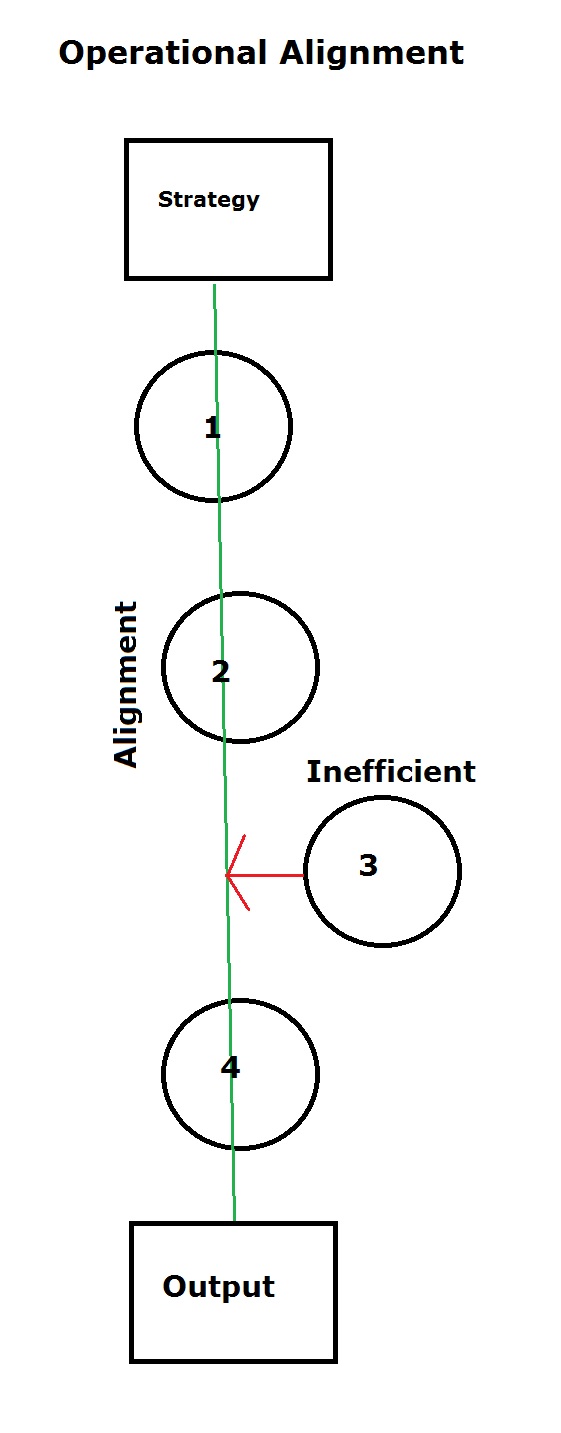Service management within the
hotel industry is vitally important for raising perceived customer value. The
more value an organization develops the more likely customers will experience a
positive impression of the business. This impression has dollar and cents
value. Despite this knowledge many hotels have a difficult time implementing
new customer service programs that further their strategic interests. Part of
the problem may lay in the culture of the organization, improper metrics, and a
misaligned perception of total service quality.
Let us assume for a minute that
a new program to reduce checkout speed failed after implementation. The
decision-makers trained the front desk representatives and measured the amount
of customers they have attended to within the metric time-frames. Even though
the speed increased the level of service declined as employees attempted to meet
the service metric and ignored fundamental service expectations.
Even though management has
pushed for this speed they failed to see the fundamental value of a positive
experience that lays in the total customer experience. Employees focused
closely on the metric but ignored all other variables in an attempt to fulfill
the requirements. This is an example where a seemingly concise strategy failed
because it only partly represented the customer’s needs.
To develop a stronger service
culture and a higher level of customer satisfaction requires a proper focus on
a service culture that continually reinvents itself based upon the needs of
their patrons. The essential issues exist within the pro-active attitudes and
the way in which employees view their job responsibilities. Is their job
defined as the quality of service or is the job defined by the metric? Allowing
for greater awareness of the fundamental aspects of customer service allows for
a higher level of employee performance beyond short-term gains.
To create this greater
awareness it can be beneficial to understand the local culture and how
employees view the concept of service management. For example, a study
analyzing the influence of culture and service found that national cultural
values impacted the overall personal perceptions of service quality dimensions
(Dedic & Pavlovic, 2011). Knowing how employees and managers are perceiving
customer service helps in developing stronger methods of improving customer
service delivery.
To understand the differences
between employee perceptions and customer perceptions can be furthered by using
an employee survey that assesses employee customer service perceptions and
comparing the results to customer’s expectations of quality service. Where
there is difference there will be a misalignment of service delivery. Better
alignment can come through stronger training programs that help bridge the
misalignment between employee’s understandings and customer understandings.
The organization should
develop a customer centric approach to its service metrics, employee training,
and program implementation. Companies that have developed winning cultures place
emphasis on customer service, business growth and employee development (Bradt,
2008). Positive growth is found in customer satisfaction, the expansion of
successful services, and the development of employee skills and perceptions.
Fundamentally, customers have a variety of
factors that constitute a positive experience and focusing simply on a speed
metric may miss the other aspects that are inherent in patron retention. Such
customers want a friendly attitude, competence in the expected service, and have
their issues handled promptly. Failing to understand the totality of the
service limits the likelihood of successful program implementation.
The next time you or your
management team implements a program that appears to have unintended effects on
customer service quality consider the type of metrics being used and ensure
that they meet customer expectations in the widest possible sense. Furthermore,
ensure that employees’ understandings and definitions of customer service are
comparable with customer perceptions of quality service. Where there are
differences, consider improving training to bring these two perceptions into
alignment and redeveloping metrics to create a more beneficial measure of
performance.
Tips:
-Ensure metrics actually
measure what is important to customers.
-Avoid having service quality
defined exclusively by the service metric.
-Focus on the total customer
experience.
-Develop training programs
that increase both skill and perception.
-Ensure that the latent
culture is customer versus organizational centric.
-Ensure that customer service
programs actually align with strategic approaches.
Bradt, G. (2008). 5 simple
steps to build a winning corporate culture. Supervision,
69 (3).
Dedic, G. & Pavlovice, D.
(2011). A taleof two nations-empirical examination of influence of national
culture on perceived service quality. International
journal of management cases, 13 (3).
